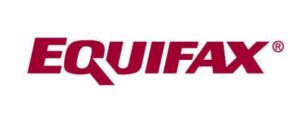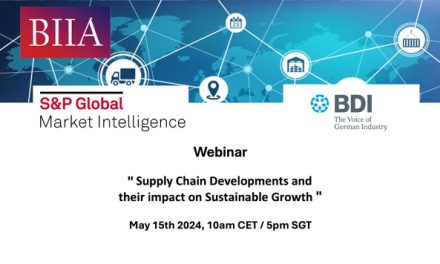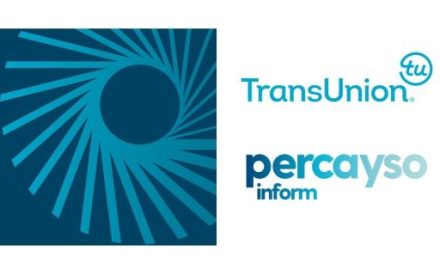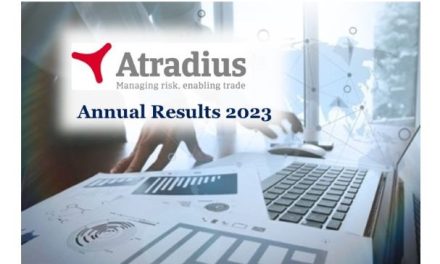Market conditions tighten the reins on financial management, requiring a sophisticated 360-customer view, according to the National Credit Managers Survey 2022 from Equifax
National credit managers are exercising caution in preparation for an economic slowdown resulting from rising interest rates, increasing cost of living, international supply chain issues, and changes to government incentives, according to a survey conducted by global data, analytics and technology company Equifax.
Released today to coincide with the 2022 Australian Institute of Credit Management (AICM) Conference, the 11th annual Equifax National Credit Managers Survey 2022 assesses the evolving role of credit management in Australian businesses and the integral nature of a 360-customer view when managing credit risk.
As professionals who work with companies across multiple critical sectors, a representative sample of credit managers’ attitudes and behaviours can be a notable indicator of Australia’s economic outlook.
 “The optimism we observed last year has taken a hit, with many credit professionals expressing concerns about how their customers will weather a perfect storm of higher interest rates, elevated inflation, and the gloomy and uncertain outlook of the global economy,” said Scott Mason, General Manager Commercial, Equifax.
“The optimism we observed last year has taken a hit, with many credit professionals expressing concerns about how their customers will weather a perfect storm of higher interest rates, elevated inflation, and the gloomy and uncertain outlook of the global economy,” said Scott Mason, General Manager Commercial, Equifax.
“We anticipate that the shift from credit management to risk management will ramp up significantly as a result, and they will need as much insight into their customers as possible to make accurate decisions about risk.”
Navigating through the perfect storm of economic volatility
Over the next 6-12 months, Australian credit managers expect an increase in business insolvencies/delinquencies, interest rate increases, supply chain delays/stock availability, input costs and the global economy to be key concerns facing their business.
After economic concerns, finding and attracting new quality customers is the second leading issue credit management companies will navigate over the next six months.
Customers that were previously considered to be high quality may have experienced a recent change in risk profile. Data from ASIC shows an upward trend in business insolvencies in 2022, largely driven by creditor wind-ups and companies going into voluntary administration.
To help manage this, Australian credit managers identified three possible ways to prepare for an economic slowdown: monitoring high-risk customers more closely, reviewing risk within their portfolios, and increasing account reviews. The majority (65%) of Australian credit managers also plan to tighten collections this year, up from 53% in 2021.
Understanding customers for informed risk management
In the immediate term, managing risk against the backdrop of volatile economic conditions is expected to supersede Australian credit managers’ focus on enhancing credit management processes.
To help with this shift to risk management, credit managers should gain a clearer understanding of the people behind the businesses they’re working with.
This 360-view is particularly important for businesses in sectors hardest hit by market and supply chain disruption. According to Equifax data, sole traders in the construction industry, for example, are twice as likely to be in mortgage arrears compared to the average consumer.
Additionally, SMEs and sole traders operating in accommodation and food services, construction, and wholesale trade are also more likely to have personal loans 30+ days in arrears, compared to the national average.
“Overall, credit managers are aware that broader economic conditions will impact how they approach high-risk customers. We’ve seen that many smaller operators are experiencing financial pressures, and some may even be dipping into their personal finances to keep their business afloat.
“Understanding the pain points of the people behind the businesses in their portfolios will help credit managers minimise cash flow exposure and prevent regulatory scrutiny and financial and reputational damage for their customers,” concluded Scott Mason.
 Source: EquifaxKnowledgeHub
Source: EquifaxKnowledgeHub


























